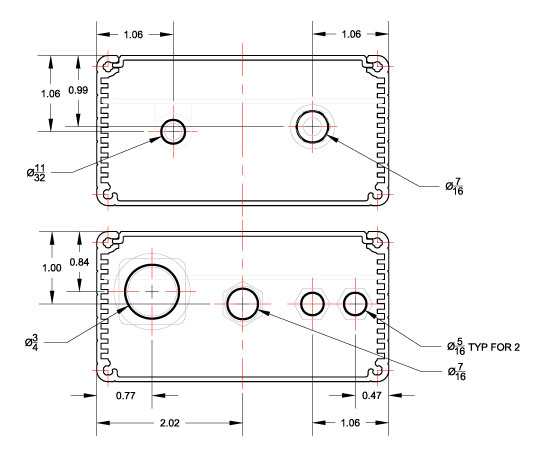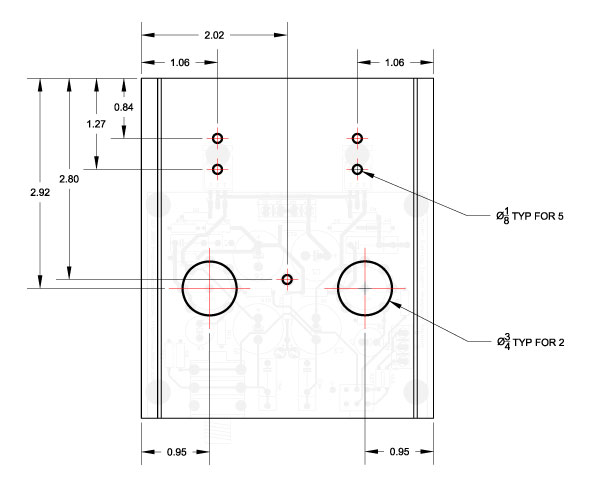askforwhy
Head-Fier
- Joined
- Aug 1, 2005
- Posts
- 51
- Likes
- 0
Wow~AWESOME!
tomb, Great job, I really enjoy reading this.
tomb, Great job, I really enjoy reading this.



a B22 for dummies 

|






| Originally Posted by sandbasser /img/forum/go_quote.gif I just received an order of Navships wire and I'm now going to rewire my SSH (kit from Beezar). I'm wondering (Yes, I've re-read this thread) if I should tin the wires that will be inserted into the terminal blocks, or just insert stripped wire directly??? Also, how hard should I tighten the screws? Thanks, |




